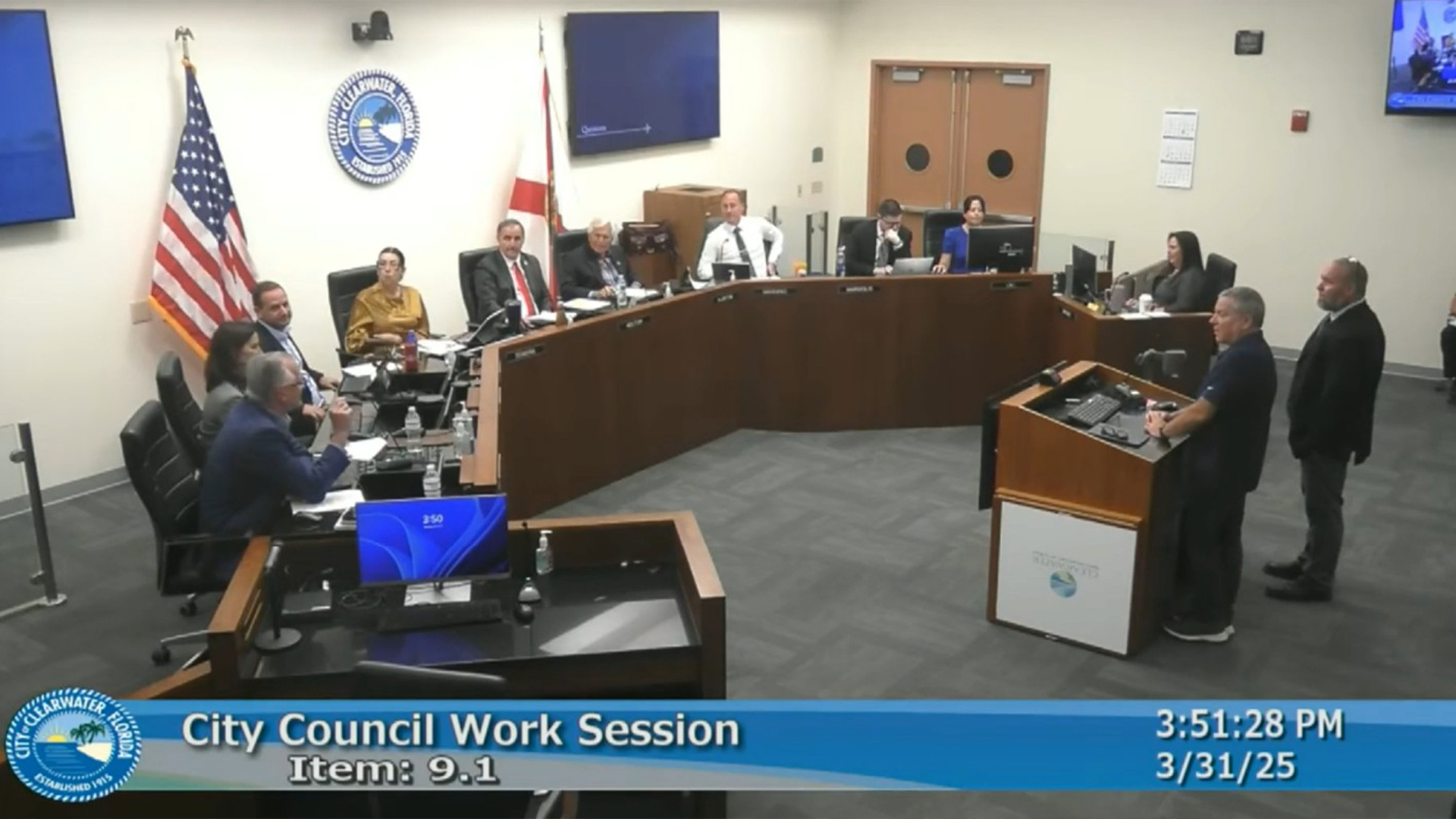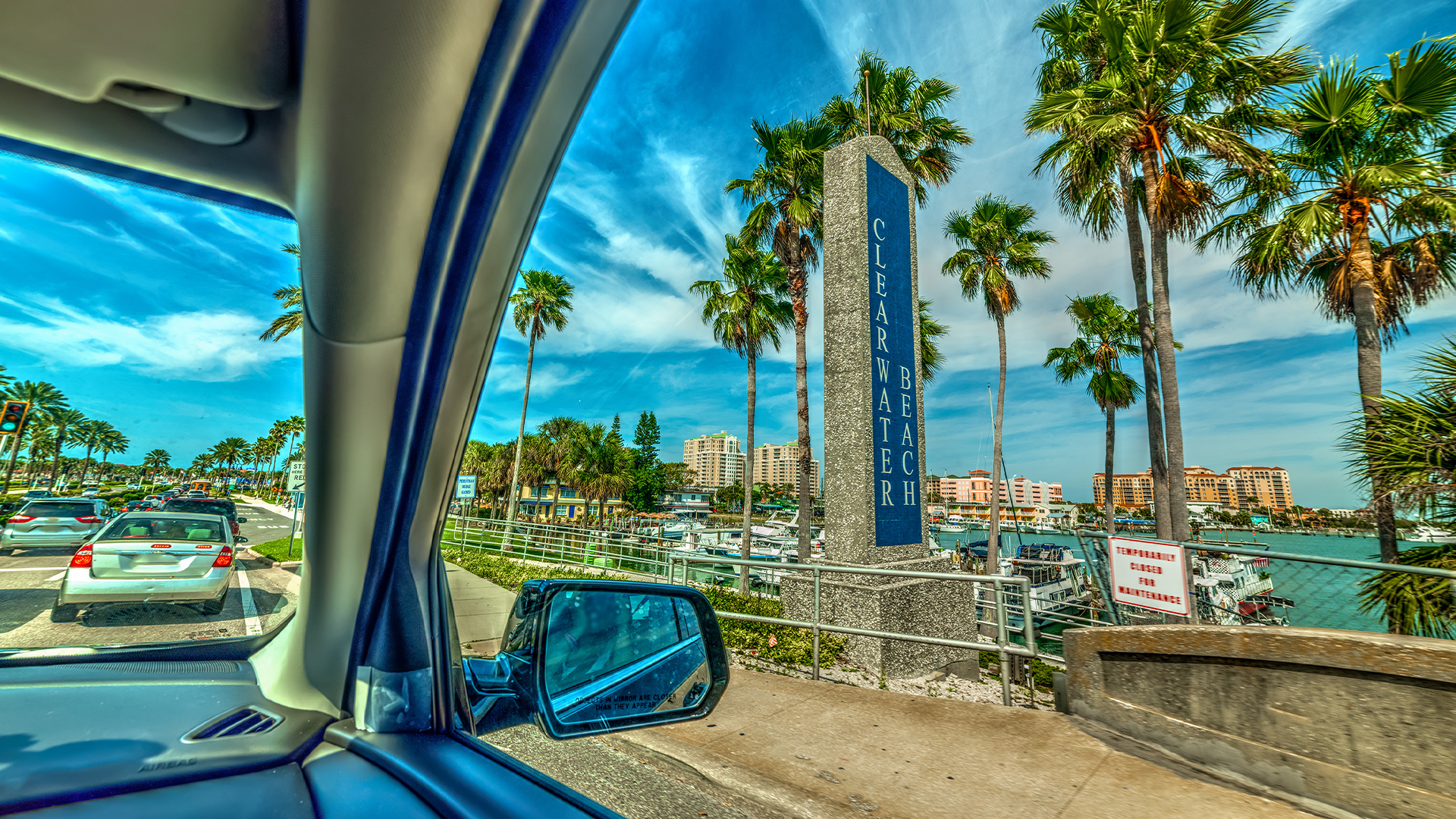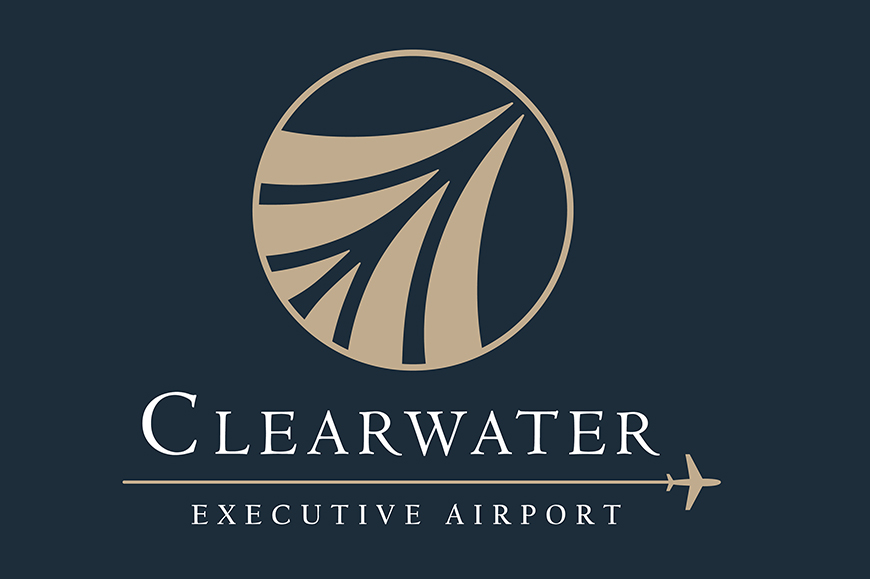What Are eVTOLs?
eVTOLs — short for electric vertical takeoff and landing aircraft — represent one of the most exciting and disruptive advancements in modern aviation. Powered entirely by electricity and capable of vertical liftoff like a helicopter, these futuristic aircraft combine the accessibility of drones with the sophistication of fixed-wing planes. The promise? A quieter, cleaner, and more efficient way to move people and cargo through the air — especially in urban and suburban environments.
Why the Buzz Around eVTOL?
The aviation industry is abuzz with the possibilities eVTOLs bring to the table. These aircraft are designed to:
Reduce urban congestion by turning the skies into an extension of the highway
Lower carbon emissions thanks to all-electric propulsion
Increase accessibility for commuters and travelers by shortening trip times
Reduce noise pollution compared to traditional helicopters or small planes
Enable point-to-point travel without long runways or large airports
With hundreds of prototypes in development and companies like Joby Aviation, Archer, Lilium, and Beta Technologies securing major funding and FAA certifications, the industry is closer than ever to seeing eVTOLs take to the skies.
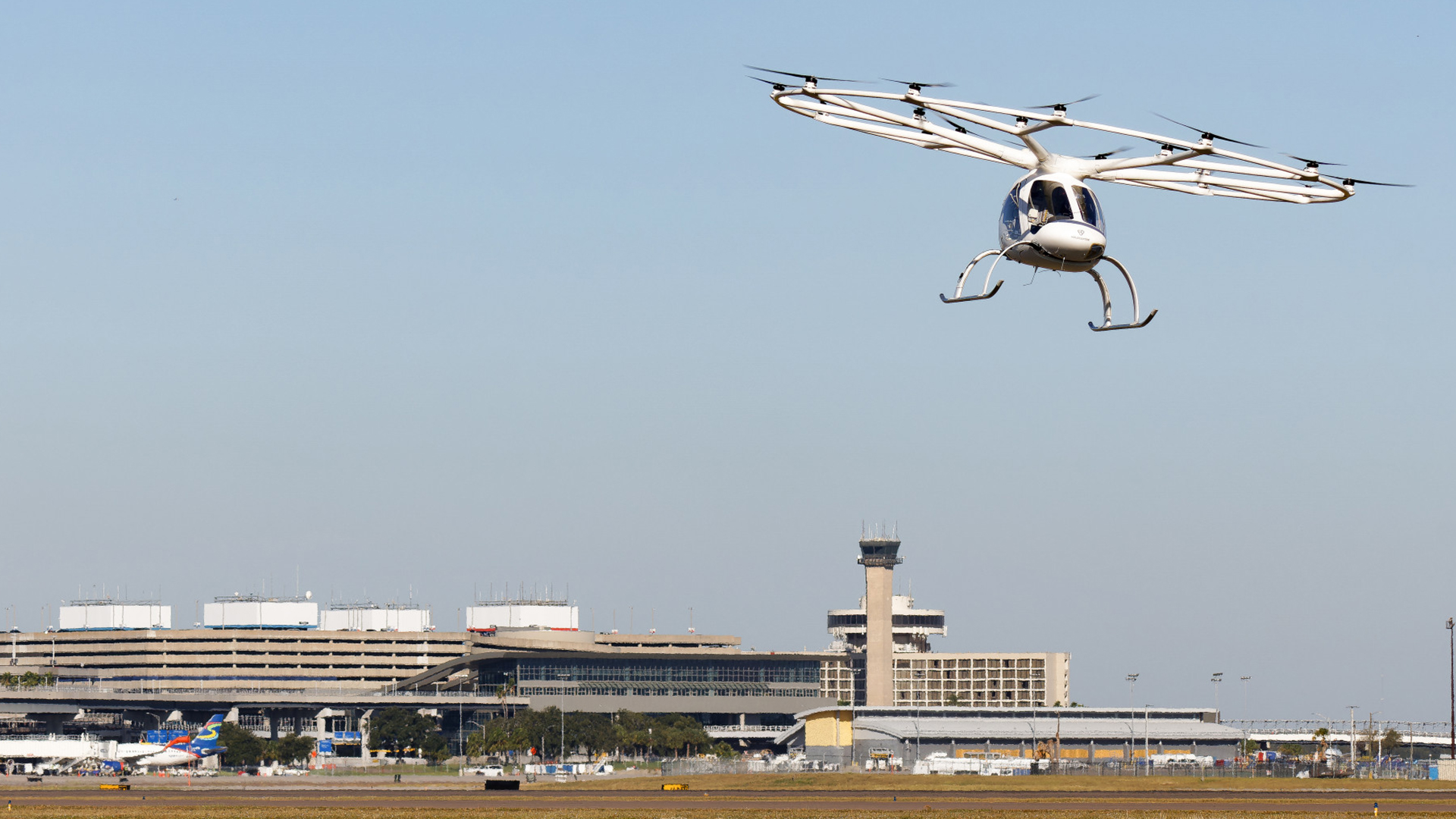
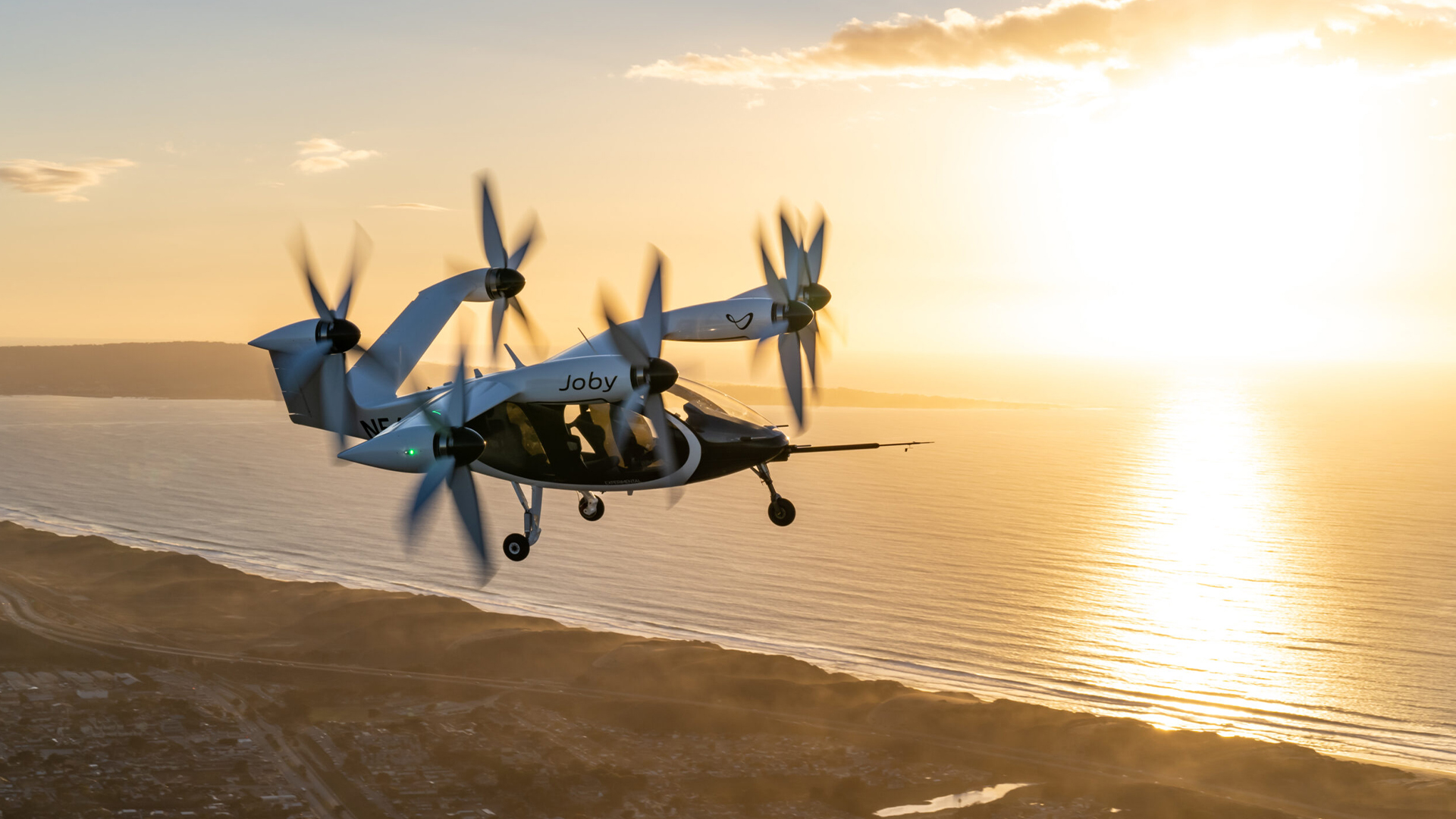
A New Era of Urban Air Mobility (UAM)
eVTOLs are the cornerstone of what’s being called Urban Air Mobility (UAM) — the vision of air taxis, autonomous flights, and short-haul travel in and around cities. With infrastructure advances like vertiports (vertical takeoff hubs), electric charging stations, and integrated airspace systems, the foundation for UAM is rapidly taking shape.
By the early 2030s, some analysts project that eVTOLs could be operating regularly in major cities like Los Angeles, Miami, and Dallas. From intercity business flights to emergency medical transport, the applications are vast — and growing.
Challenges to Overcome
As with any aviation breakthrough, challenges remain:
Regulatory frameworks are still being written by the FAA and international authorities.
Battery technology must evolve to support longer ranges and higher payloads.
Public acceptance will depend on safety records, noise levels, and affordability.
Infrastructure for takeoff, landing, and charging must be built into existing cityscapes.
But with private investment pouring in and public interest on the rise, momentum is strong.
FlyUSA & Clearwater Executive Airport: Embracing the Future
At FlyUSA, innovation is more than a buzzword — it’s a commitment. As operators of the newly rebranded Clearwater Executive Airport (KCLW), FlyUSA is actively researching the future of eVTOL integration into regional and urban airspace.
From evaluating potential vertiport locations to analyzing infrastructure requirements and airspace logistics, FlyUSA is laying the groundwork today for the aircraft of tomorrow. Clearwater Executive Airport’s strategic location, away from congested Class B airspace but close to key business corridors, makes it a natural fit for early-stage eVTOL adoption.
The team is already engaging with leading eVTOL developers, exploring pilot programs, and assessing how this game-changing mode of aviation can serve Florida’s growing population, tourism economy, and transportation needs.
A Sky Full of Possibility
The aviation landscape is on the verge of a seismic shift — and eVTOLs are at the center of it. While there’s work to be done, the runway to innovation is already being paved by forward-thinking operators, cities, and aviation leaders.
As FlyUSA and Clearwater Executive Airport continue to plan for the future, one thing is certain: the skies over Clearwater may soon look very different — and much more electric.

